Gramercy
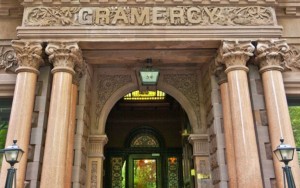 A home in one of the grand old buildings on the perimeter of Gramercy Park comes with a lot of caché. It also comes with a key to the only private park in New York City: a lush, idyllic rectangle that breaks up the street grid and sets the tone for the peaceful, green, manicured feel of the neighborhood. Without a key, the park can still be enjoyed from the encircling sidewalk through a wrought iron fence.
A home in one of the grand old buildings on the perimeter of Gramercy Park comes with a lot of caché. It also comes with a key to the only private park in New York City: a lush, idyllic rectangle that breaks up the street grid and sets the tone for the peaceful, green, manicured feel of the neighborhood. Without a key, the park can still be enjoyed from the encircling sidewalk through a wrought iron fence.
From celebrity chef Danny Meyer’s Maialino to Pete’s Tavern, the oldest continuously operating restaurant and bar in the city, locales in this neighborhood feel special. The National Arts Club is housed in a fabulous old mansion on the park and offers exhibits, lectures, and classes. Another mansion on the park is home to The Players, a prominent members only social club.
Gramercy Real Estate
The many large turn-of-the-century brownstones of Gramercy are immaculately maintained and often display greenery on their stoops and facades, expanding the park-like feel. While it abuts vibrant Union Square/ Flatiron neighborhood to the west, and the East Village to the south, Gramercy offers a clean, secluded haven in the heart of the city.
The beautiful pre-war doorman buildings and brownstones of Gramercy come with a spacious feel and a high price tag. Walk-ups are also plentiful, and are more affordable. Even less pricey are apartments in Stuyvesant Town, a huge housing development on the Far East end of the neighborhood bordering the East River.
Subway Lines (all on the neighborhood’s western and southern borders):


/images/back-to-neighborhoods-btn.png)
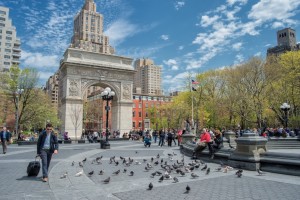 Dotted with beautiful residential buildings and historic spaces that recall the days of the beatnik generation, Greenwich Village presents a classier version of downtown cool. The centerpiece of the neighborhood is
Dotted with beautiful residential buildings and historic spaces that recall the days of the beatnik generation, Greenwich Village presents a classier version of downtown cool. The centerpiece of the neighborhood is 
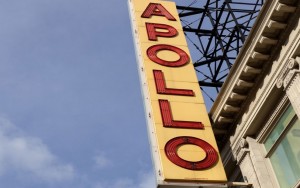 While continuing to celebrate its rich cultural history, Harlem is also experiencing an influx of new development and new neighbors. The vitality of the 1920s Harlem Renaissance has been reinvigorated at historic music venues like the
While continuing to celebrate its rich cultural history, Harlem is also experiencing an influx of new development and new neighbors. The vitality of the 1920s Harlem Renaissance has been reinvigorated at historic music venues like the 
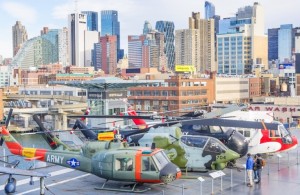 Many stories vie for how this neighborhood got its name: from the shantytown overflowing with dock workers of mid 1800s, to the rumrunners of Prohibition, to the violent Irish mob domination of the mid-20th century. It was considered worse than hell, which had too mild a climate. It was Hell’s Kitchen! The real estate industry has tried to change the name to Clinton or Midtown West as the area has sloughed off its now very out-of-date reputation, but folks in the neighborhood are proud of its colorful history and name.
Many stories vie for how this neighborhood got its name: from the shantytown overflowing with dock workers of mid 1800s, to the rumrunners of Prohibition, to the violent Irish mob domination of the mid-20th century. It was considered worse than hell, which had too mild a climate. It was Hell’s Kitchen! The real estate industry has tried to change the name to Clinton or Midtown West as the area has sloughed off its now very out-of-date reputation, but folks in the neighborhood are proud of its colorful history and name.
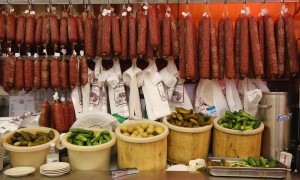 The phrase “the city that never sleeps” applies particularly well to the Lower East Side. The youthful, creative energy of this neighborhood spills out of bars, restaurants, music venues, and clubs every night ’til dawn. It’s a lively neighborhood with an emphasis on fun that draws revelers from all over the city much like its neighbor to the north, the
The phrase “the city that never sleeps” applies particularly well to the Lower East Side. The youthful, creative energy of this neighborhood spills out of bars, restaurants, music venues, and clubs every night ’til dawn. It’s a lively neighborhood with an emphasis on fun that draws revelers from all over the city much like its neighbor to the north, the 
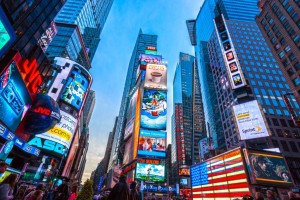 The commercial heart of the city, bustling Midtown is, for most people, a place to go home from at the end of the day. For those who choose to live there, good value and easy access to anywhere in the city are big draws. There is so much packed into this area that it breaks into distinctly different districts.
The commercial heart of the city, bustling Midtown is, for most people, a place to go home from at the end of the day. For those who choose to live there, good value and easy access to anywhere in the city are big draws. There is so much packed into this area that it breaks into distinctly different districts.
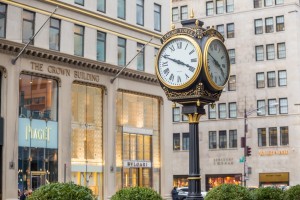 Midtown East is made up of many mini neighborhoods, each with its own vibe, that share the convenience of a quick walk to work. Towards
Midtown East is made up of many mini neighborhoods, each with its own vibe, that share the convenience of a quick walk to work. Towards 
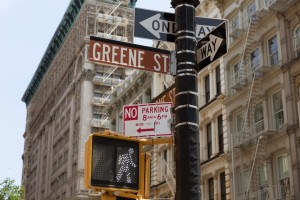 The 250 cast iron buildings of Soho form a stunning backdrop for the high-end fashion and home design houses, photography studios, and galleries that call this cherished neighborhood home. The cobblestone side streets and their eclectic boutiques and charming eateries offer a respite from the crowds swarming the flagship retailers and gourmet food trucks of Broadway.
The 250 cast iron buildings of Soho form a stunning backdrop for the high-end fashion and home design houses, photography studios, and galleries that call this cherished neighborhood home. The cobblestone side streets and their eclectic boutiques and charming eateries offer a respite from the crowds swarming the flagship retailers and gourmet food trucks of Broadway.
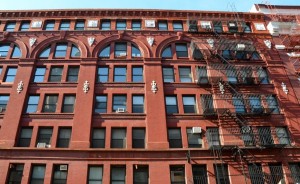 The cast-iron buildings and cobblestone streets of Tribeca hearken back to this neighborhood’s industrial past. They also provide the perfect home for galleries, performance spaces, and funky shops. While there is plenty going on here, the mood is more relaxed and the atmosphere is almost quaint.
The cast-iron buildings and cobblestone streets of Tribeca hearken back to this neighborhood’s industrial past. They also provide the perfect home for galleries, performance spaces, and funky shops. While there is plenty going on here, the mood is more relaxed and the atmosphere is almost quaint.
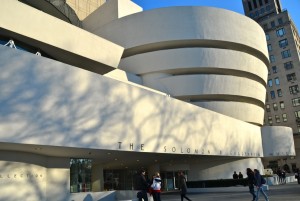 On the Upper East Side, there is plenty of room for both Old World elegance and the new and the fresh. Between 5th Avenue and Park Avenue from 59th Street to 79th Street, the impeccably maintained mansions and highly selective, beautiful pre-war co-ops, the world-class boutiques, and the white table-clothed restaurants, all trumpet the area’s opulence. Further afield to the north and east, the vibe is more casual and easy-going.
On the Upper East Side, there is plenty of room for both Old World elegance and the new and the fresh. Between 5th Avenue and Park Avenue from 59th Street to 79th Street, the impeccably maintained mansions and highly selective, beautiful pre-war co-ops, the world-class boutiques, and the white table-clothed restaurants, all trumpet the area’s opulence. Further afield to the north and east, the vibe is more casual and easy-going.
